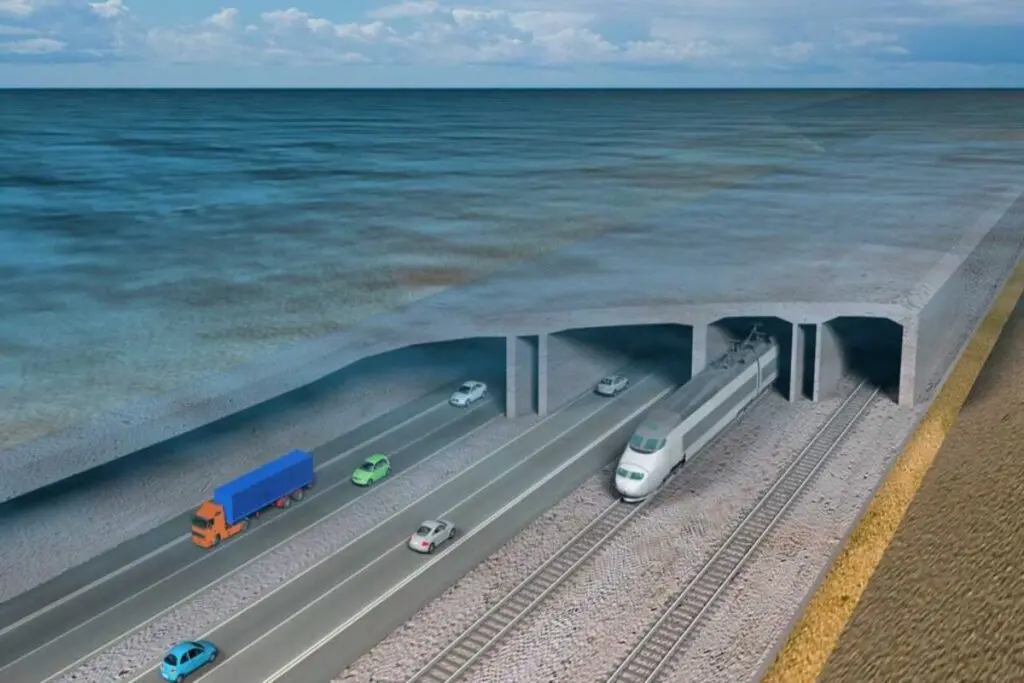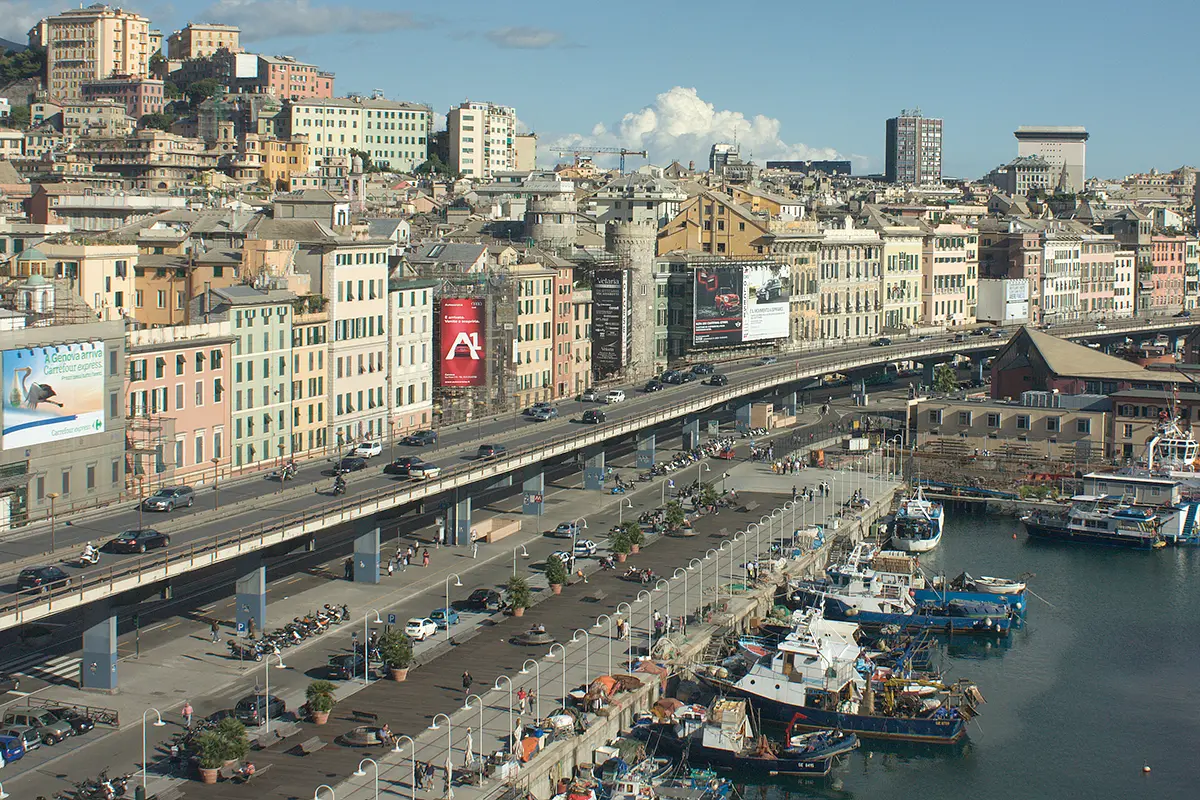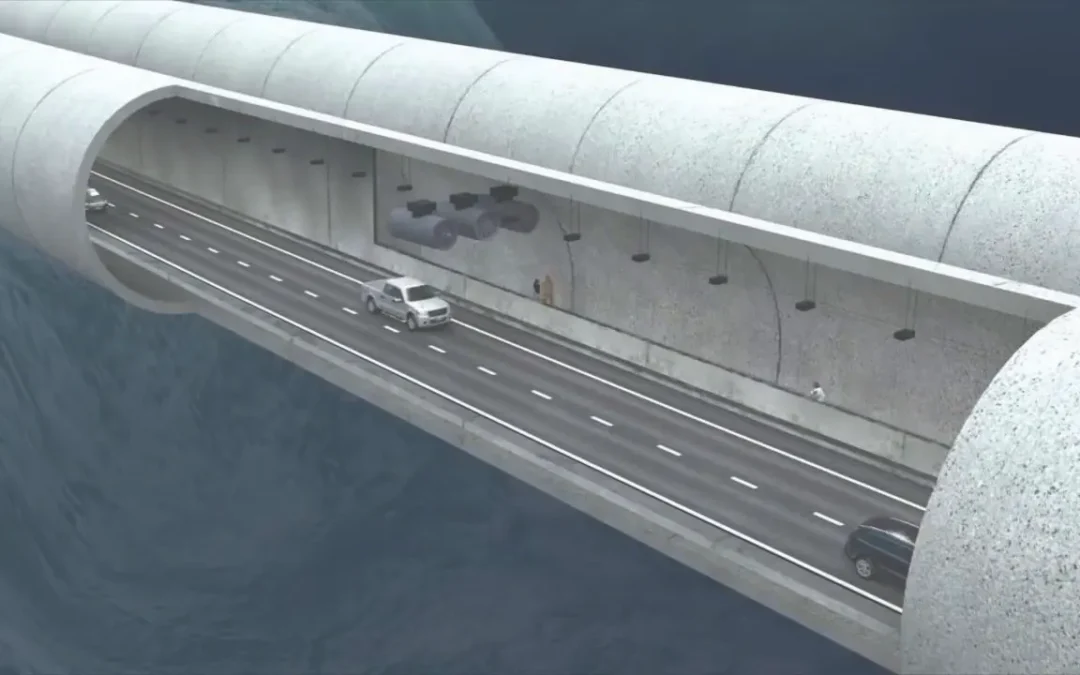image by CityNext.it https://citynext.
In Genoa, the construction of Europe’s largest submarine tunnel has officially begun.
This monumental endeavor isn’t just an engineering project, it will be a bulwark against the congestion that has long plagued the city’s traffic arteries.
The aim is clear: to liberate Genoa from the heavy traffic that has choked its roads for years, consequently clogging the elevated highways relied upon by its citizens. This tunnel is far from an infrastructural investment or a technical solution, it holds the promise of transformation. If it alleviates the traffic issue, it will make Genoa a more hospitable place for its residents and more enticing for visitors. It’s an unprecedented opportunity for economic and touristic development.

Image by Secret Milano https://milanosegreta.co/tunnel-sottomarino-europa/
How is Europe’s largest submarine tunnel expected to be once it’s completed?
Stretching 3.4 kilometers in length and descending to a maximum depth of 45 meters below sea level, this tunnel is expected to stand out for its imposing galleries with a diameter of around 16 meters. Unlike the elevated highways, its structure will be entirely underground, traversing the entire port area of the city. This makes it the largest submarine tunnel in Europe, but also the first of its kind to be built in Italy.
Its conception represents a bold step towards Genoa’s transportation future, offering a modern and innovative solution to a problem rooted in the past, due to the dated elevated highway network from the 1960s.

Image by Il mugugno genovese https://www.ilmugugnogenovese.it/
Is Genoa heading towards a transport revolution?
The tunnel is designed with a complex layout, consisting of two separate galleries, each dedicated to a traffic flow, creating a direct link between Genoa West and Genoa East. Entrances and exits are strategically positioned in San Benigno and Viale Brigate Partigiane, ensuring efficient access to different neighborhoods. After entering San Benigno, the tunnel winds beneath the picturesque old port of Genoa, finally emerging at Viale Brigate Partigiane after the stretch of Via Madre di Dio.
This targeted route promises to significantly enhance urban mobility, offering a direct and smooth connection between various areas of Genoa, making the city more accessible and functional for all its residents and visitors.
A Work in Progress: what to expect from Genoa after the tunnel is built
The project began in 2003 when the studio of architect Renzo Piano, under the supervision of the Ministry of Infrastructure and Transport, developed the master plan. However, it’s only recently been brought back to the forefront thanks to the commitment of key stakeholders such as Autostrade per l’Italia, the Liguria Region, and the Municipality of Genoa. The supposed duration of the work spans nearly seven years, with a substantial investment of around 1 billion euros.
This tunnel will bring about a significant impact on mobility as well as an economic chance for the region, with an estimated 5,000 direct job opportunities. Furthermore, the project won’t be limited to the tunnel itself, it will also include the construction of additional complementary infrastructures, further enhancing the quality of life and attractiveness of the city of Genoa.

